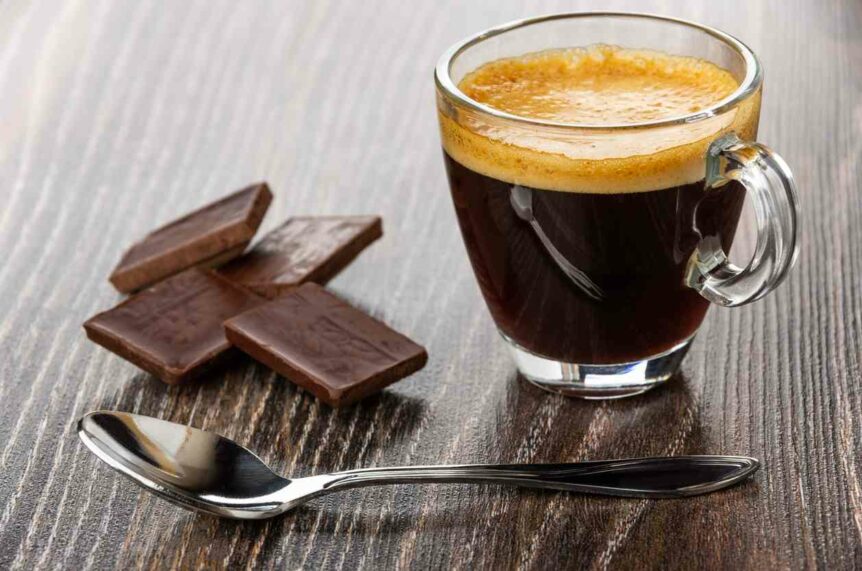If your smile isn’t as bright as you’d like, it can be beneficial to think about what you put in your mouth. Teeth are susceptible to staining if you smoke or if you eat or drink certain things, and it’s more likely to happen as you age.
But once you know what to eat, and what to avoid, you can keep your pearly whites bright and shiny.
What Causes Stains?
“Tooth enamel changes as you get older,” says Sally Cram, DDS. “Like a piece of pottery that gets fine lines over time, the stain can get into the little cracks and crevices.”
You need to watch out for these three things:
- Chromogens — compounds with strong pigments that cling to enamel
- Tannins — plant-based compounds that make it easier for stains to stick to teeth
- Acids — these make tooth enamel softer and rougher, making it easier for stains to set in
Coffee, Tea, or Neither?
You probably think the main cause of darkened teeth, is a drink you brew for yourself in the morning. You can tell from its colour that it’s high in chromogens, and it’s very acidic. Together, these factors help turn white teeth yellow over time.
But it’s not the worst culprit. Not only is it full of acid, but it also has tannins.
“Tea causes teeth to stain much worse than coffee,” says Mark S. Wolff, DDS, PhD, professor at the New York University College of Dentistry. “Iced tea or brewed tea — it doesn’t matter.”
What’s In Your Glass?
Red wine can be good for your health, but it’s not ideal for a bright smile. Wolff says three factors work against it: It’s very acidic, it has lots of tannins, and as its deep purple colour suggests, it is high in chromogens, which land on your teeth and stick to them quickly.
White wine has both acid and, despite its colour, some tannins. It doesn’t have its own colour to stain teeth, but the tannins and acids make your teeth fair game for other types of stains. They’re more likely to be stained by a tomato, a blueberry, or a strawberry.
Food Dye
If you’ve ever sucked on a lollipop and found that your tongue and teeth turned blue, you’ve seen the effects. Dentists suggest that you avoid brightly coloured candy, ice pops, and sweetened drinks. “Food colouring is a pretty aggressive colouring,” Wolff says. “If you have exposed root surfaces, it loves that surface even more than white enamel.
Soft Drinks; Hard Truths
People who drink cola may notice their teeth turning yellow over time. That’s because soda is very acidic, and dark cola contains chromogens.
Clear-soda drinkers also may get duller teeth because lemon-lime flavours contain acids, which make teeth prone to stains from other foods.
“It’s like red wine vs. white wine,” Wolff says. White wine makes your teeth easier to stain. So does clear soda. And all sodas have almost the same acid level whether they’re dark, clear, regular, or diet.
Lemonade, which is high in citric acid, can open the door to stains. “After that exposure, any colour you put on it will make a stain,” Wolff says.
When Berries Bite Back
Blueberries, strawberries, raspberries, and blackberries are high in chromogens. You’ll also find them in cherries and tomatoes. Grapes and pomegranates have them too along with tannins.
A good rule of thumb: Fruit that would stain your clothes will do the same thing to your teeth.
Tips to Keep Your Smile Bright
You won’t have to give up coffee, red wine, or blueberries if you add one or more of these habits to your regular routine:
- Brush right away. After a bowl of cereal with berries, brush your teeth. If you drink coffee at work, keep a toothbrush in your desk to use after your final cup. Use toothpaste with a little whitening agent, Cram says.
- Rinse your mouth. Can’t brush? Swish water around in your mouth after you eat or drink. “Even water is better than leaving all that material behind,” Wolff says.
- Use a straw. Straws pull liquids inside your mouth, so the drink bypasses your smile. “It’s not going all over your teeth,” Cram says. “It’s going on the roof of your mouth.”
- See the dentist. Going for cleanings helps to smooth the fine cracks in tooth enamel where colour gets trapped. “Keeping your teeth polished helps to reduce the number of stains,” Wolff says.
Sources
Sally Cram, DDS, periodontist, Washington, DC; spokesperson, American Dental Association.
Mark S. Wolff, DDS, PhD, professor and chair, department of cardiology and comprehensive care; associate dean, pre-doctoral clinical education, New York University College of Dentistry.


